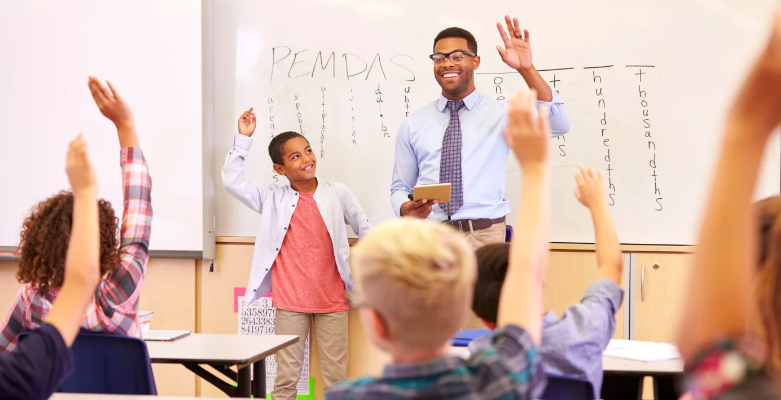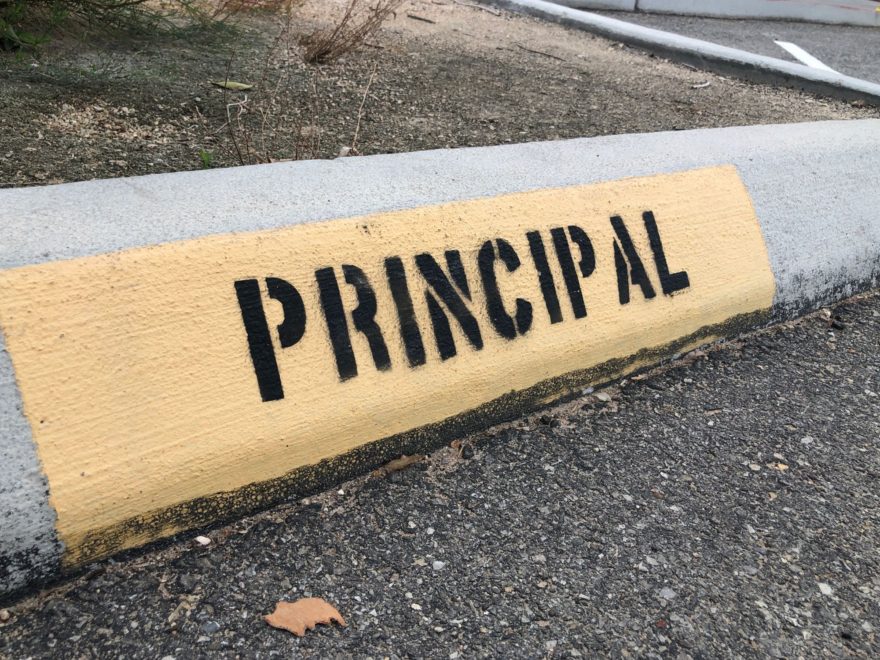Tag: professional development
-

3 Leadership Books for Teachers
Teachers are the leaders of their classrooms. Now, this may seem obvious (who else would be in charge?), so let me explain. Teachers are responsible for the execution of classroom objectives and the development of their students. In a healthy school, they are given the freedom and responsibility, within a broader structure of administrative oversight,…
-

So, You Think You Want to be a Principal…
School Principal Job Description Unclogging toilets and mopping up sewage in the restrooms of your new facility Setting up hundreds of chairs for an event on your own because you know you can’t ask any more of your teachers or volunteers Subbing for Calculus one day and Kindergarten the next, outside of your comfort zone…
-

Practicing Peacefulness: Beginning the School Year in the Right Frame of Mind
With the start of school just around the corner, teachers are gearing up for another year. As usual, summer break has gone by too fast. And yet, at the same time, the attraction of new beginnings lures them back to the classroom. There is something about a fresh start that energizes, awakens, and inspires. How…
-

Growth in the Craft: Fresh Techniques for Your Teaching Tool Belt
The sole true end of education is to teach men how to learn for themselves; and whatever instruction fails to do this is effort spent in vain. Dorothy Sayers, “The Lost Tools of Learning” As educators, we get excited when classrooms come alive: Hands shoot up. Eyes brighten. And body language across the room broadcasts that…
-

Teachers are Leaders: 6 Principles of Leadership for Schools
A teacher is a leader. Truly, a teacher is many things, but my contention in this article is that a teacher is fundamentally a leader. To the extent this contention is true, it behooves us to consider not only what it means to be a leader, but also to clarify a set of leadership principles…
-

Good to Great: Attracting the Right Teachers
In my previous article, I introduced a new series on how insights from Jim Collins’ Good to Great (New York: Harper Business, 2001) might apply to schools. In his book, Collins and his team of researchers study eleven companies that achieved exceptional results over a long period of time in relation to their comparison peers.…
-

Building a Strong Faculty Culture
Schools are interesting organizations, to say the least. They may vary in leadership structures and governance policies, but they all contain the same core groups of constituents: students, parents, faculty and staff members, administrators, board members, and donors. Of these groups, which is most critical for the success of the school? While a compelling case…
-

“Teach Like a Champion” for the Classical Classroom, Part 2: Teacher-Driven Professional Development
There are two general approaches to professional development in education, one that is supervisor-driven and the other that is teacher-driven. In the supervisor-driven approach, the principal or dean is the primary driver for teacher development. The principal sets the goals, schedules observations, provides feedback, and identifies future growth areas. The strength of this approach is…
-

Practicing Education: Growing in the Art of Teaching
When I was a child I did gymnastics, and one of the most fundamental aspects of gymnastics is practice. We practiced skills and routines, we stretched and we worked out for hours, far longer than the average sports team practices. Where your average soccer team practiced an hour or an hour and a half a…
